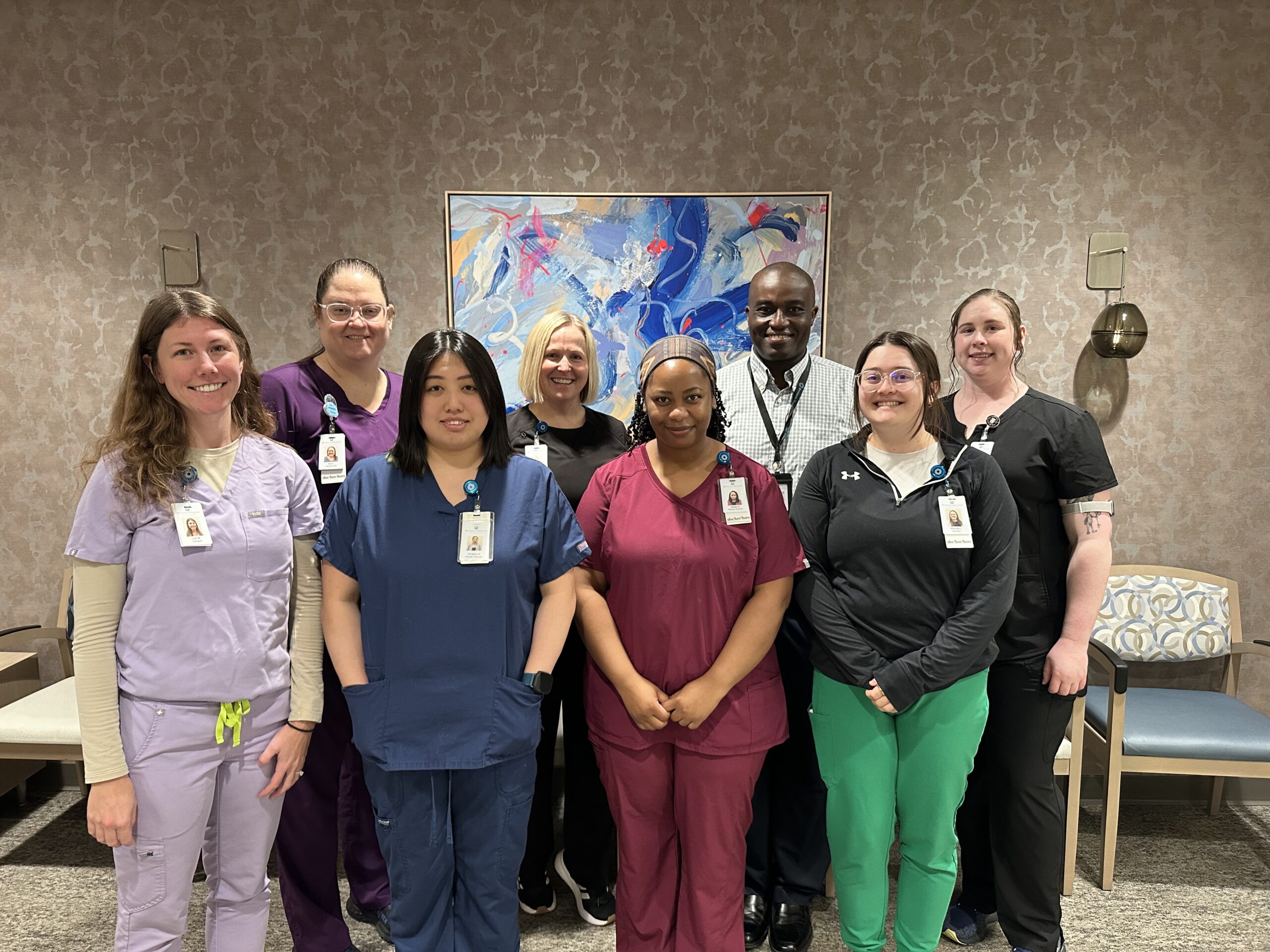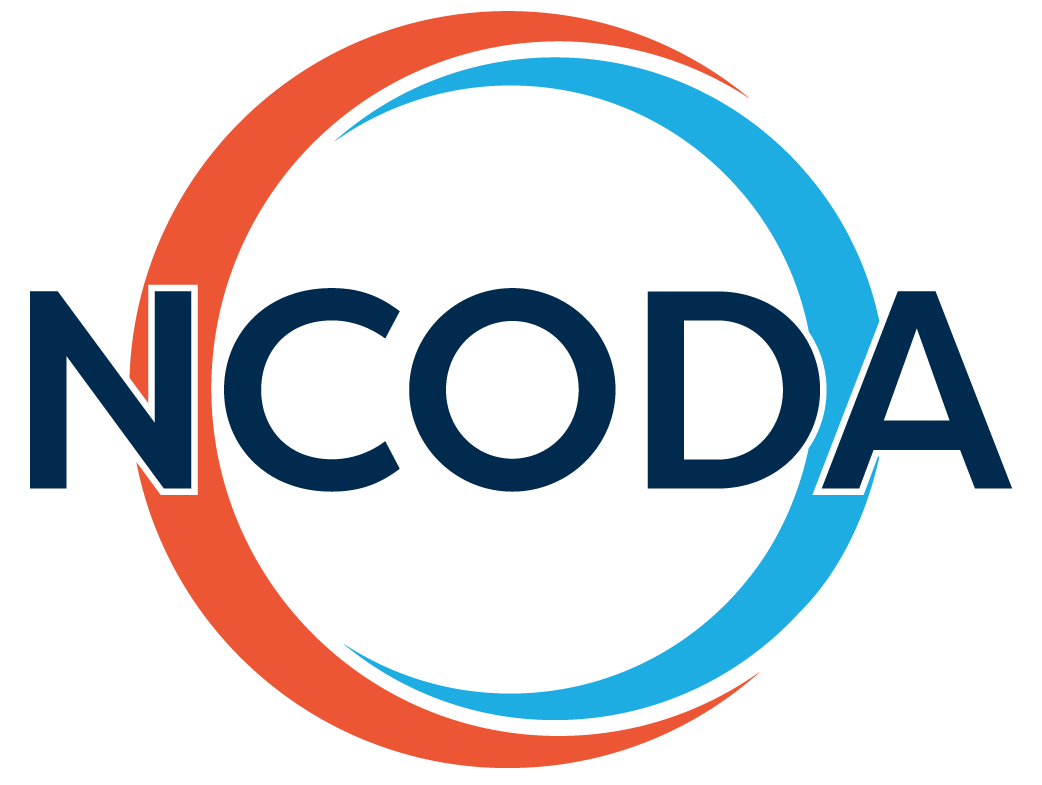2025 Oncology Institute
April 16, 2025 | 8:22 PM EST
The Increasing Importance of Coordinated Care in a Fractured Healthcare System
Published Date: March 31, 2025

NCODA Editorial Team
Published: March 31, 2025
Continuing in our series highlighting advantages of the medially integrated pharmacy (MIP) model and how members are making a difference in the future of oncology care, we recently spoke with Kirollos Hanna, PharmD, BCPS, BCOP, Director of Pharmacy of Minnesota Oncology.
Please share some of the history of the Minnesota Oncology MIP model.
Kirollos- As an MIP practice, we have two locations that are on opposite sides of the metro area to try and serve anyone in the area. The organization has been utilizing the MIP model roughly 12-15 years which pre-dates my time here. When you look at the catalyst of the need for an MIP, I think you can look at the shift of targeted therapies that has occurred within the oncology landscape. We probably have over 100 oral Oncolytics now and the majority of them are complex therapies. These types of targeted therapies have unique adverse event profiles and unique dosing strategies which are better served by an MIP.
If you look at where we were in terms of patient care back then, oral oncology didn’t play much of a role, almost none really, but now I’d estimate that 60-70 percent of our therapy is via infusion and oral treatments represent 30-40 percent. Being able to deliver care from the practice is extremely important. You need access to dispense oral oncology to your patients, you need to have pharmacists helping in supporting and managing patient care with these unique drugs.
What do you see as some of the primary patient benefits of an integrated model?
Kirollos – To me, it just doesn’t make sense any other way. When you look at patients that receive infusion therapy, they come in and get their labs, they see a medical oncologist, they go to the infusion center and get care from their nurses. The whole team is well aware of the patient’s condition and how they’ve been tolerating therapy. We check their labs; we make sure everything checks out.
Why would we treat oral oncology differently? They can come in and see their medical oncologist and talk with the pharmacy after everything has been assessed. There is so much value in disease and safety management.
One of the advantages too of an MIP is eliminating waste. If you’re trying to coordinate outside of an integrated model, we’re sending a prescription out early enough so an external pharmacy can get it, fill it, and mail it. They have no idea the acuity of the patient or what the patient looks like.
How does the MIP model allow you and your team to support patients navigating insurance authorizations, financial assistance, and the challenges they may face?
Kirollos – The model helps streamline anytime that financial toxicities come up and helps us understand what a patient’s insurance challenges may look like. We have a team of financial navigators, our pharmacy concierge, who are there to help with prior authorizations and financial needs for our patients whether we’re handling the prescription or not- We know that it’s an important piece of what we can do for our patients in seeing it through fully because we know that financial toxicity is a real problem in these cases with oral oncology and out-of-pocket responsibilities.
The model really does help us because we have full transparency into all of it. We run the claim, we get the insurance denials or appeal needed, and then we can work with our patients on whatever is needed. We might get them a copay card or a foundation if available, and we can work with them to find a solution. In the worst case, we can go speak with the provider and discuss options to deliver another drug that might be covered with equivalent medical efficacy. We work to find a path and because of the transparency we have, it’s just not something you’re going to get from an external pharmacy.
Patients don’t know how to navigate all these issues. They might get a bill and not know what to do. Or they might be embarrassed to call and say, “I can’t afford this” and then we see higher rates of abandonment because of the financial issues and gaps in the system.
You touched on adherence; do you think MID models offer better support to ensure consistent patient outcomes?
I think when you look at metrics and even some of the published literature that’s out there, when you look MIP metrics versus external pharmacies, it’s important to look at the data that’s being reported. Sometimes external PBM owned pharmacies can report adherence rates that seem very high and very good, but unfortunately, it’s falsely elevated because when you look at the dispensing of drugs, a lot of the metrics that are run are looked at how often are we dispensing a drug over how many days.
By simply measuring if I dispense 60 tablets for 30 days, two per day, it can look as if adherence is great when patients refill at 30 days. But if we don’t look closer to ensure it is at the right timing (one pill twice per day for example) we aren’t certain if patients are taking as directed. Are you going the extra mile for that patient and truly understanding how that patient is taking the prescription? There are multiple metrics that must be investigated as you report these things out.
I would say when you have the medically integrated model, certainly that we’ve seen literature and publications and internal data that has shown patients are on therapy longer, and to me, that tells me it’s because their disease is controlled. They’re having fewer side effects because we can catch those earlier. We can ensure that they’re adherent and compliant to therapy. The MIP does play a critical role in addressing that things are going to plan. Ensuring that there are good strategies to assess adherence and compliance within the process, is where the MIP high value factor comes in.
What do you see as opportunities or challenges that pharmacists and professionals in the MIP model will be facing in the coming decade?
Kirollos – In the next five years, and likely sooner than that, when you look at community oncology it’s been the punching bag of the healthcare system and we really need government, legislation, and policy changes that will help us regulate the healthcare system a little bit better. We’ve seen the FTC come out with some PBM reports and they’ve been probing at things. It’s a great start but what are we going to do with that? How quickly can we move on that?
When you look at community oncology, we’re constantly fighting for access to drugs for our patients. We’re constantly fighting for pricing and contracts. When looking at the economics of the healthcare system right now, pharmacies may be losing money to provide the care we want for patients. How is that a sustainable model? That’s a problem that needs to be addressed in a way that allows for a successful future and delivering optimal care.
What is going to happen when the mix of oral oncology medications grows even more and 50-60 percent of our patients will need oral medication? It’s exciting to see the clinical research leading to therapeutic advances for patients, but on the business side we’re going backwards so we need to make sure those models align so we can deliver the best outcomes for patients when they need care the most.
The MIP model provides significant advantages to patients, and this series will highlight how NCODA members are elevating care through coordinated treatment and support across the country.






